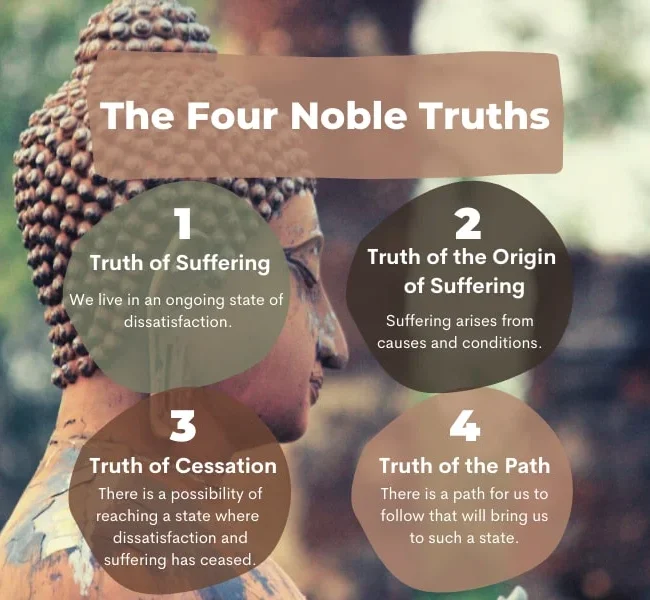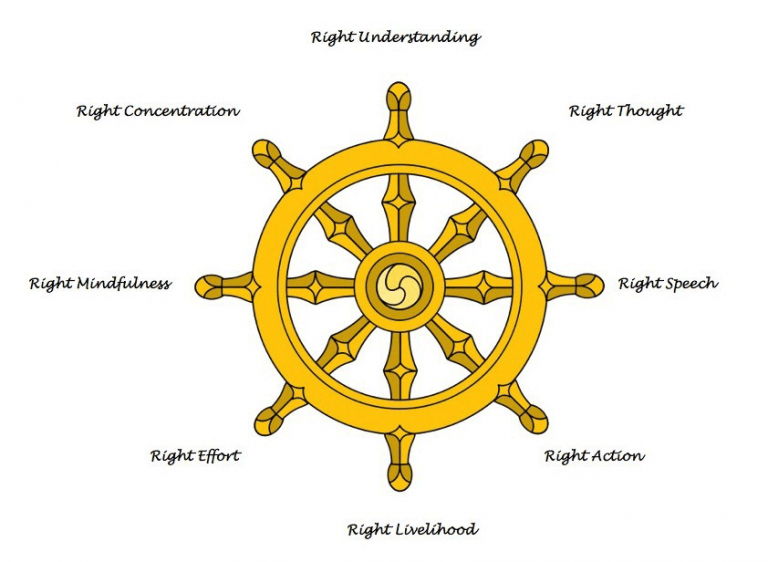Unveiling the Essence: An Introduction to Indian Buddhism
Introduction:

One of the most profound and influential philosophical traditions in the world, Buddhism, originated in India, a country rich in spirituality and philosophical inquiry. Indian Buddhism first appeared in the sixth century BCE, when Siddhartha Gautama, in the course of his spiritual quest for enlightenment, established a philosophy that would spread across time and space. We set out on a quest to explore the complexities of Indian Buddhism in this investigation, exploring its underlying ideas, historical background, and long-lasting influence on the subcontinent’s spiritual environment.
Historical context:

The sociocultural fabric of ancient India is deeply entwined with the origins of Indian Buddhism. After starting a spiritual journey that gave him profound insights into the nature of human suffering and the way to liberation, Siddhartha Gautama, a prince born into the Shakya clan in Lumbini, modern-day Nepal, became enlightened. His wise and compassionate teachings established the groundwork for a philosophy aimed at lessening existence’s inevitable suffering.
The Four Noble Truths:

The Four Noble Truths, which form the cornerstone of Indian Buddhism, encompass the core of the Buddha’s enlightenment. These truths declare that suffering (dukkha) is real, pinpoint its origins, declare that it ends, and suggest the Eightfold Path as the way to emancipation. Buddhism’s foundation is this methodical and practical approach to comprehending and resolving suffering.
The Eightfold Path

Another tenet of Indian Buddhism is the Eightfold Path, which serves as a roadmap for moral and intellectual growth. The path, which can be broken down into three categories: wisdom (panna), mental discipline (samadhi), and ethical behavior (sila), describes a comprehensive strategy for leading a balanced and mindful life. The goal of the Eightfold Path is to help people achieve enlightenment and escape the cycle of rebirth by developing right understanding, intention, speech, action, livelihood, effort, and concentration.
Diversity of Schools:

Buddhism developed into a number of schools of thought as it spread throughout India, each of which emphasized and interpreted the Buddha’s teachings in a unique way. Theravada Buddhism, sometimes regarded as the oldest school, emphasizes the original scriptures and each person’s journey towards enlightenment. The Mahayana tradition, on the other hand, advocates for the salvation of all sentient beings, broadening the definition of compassion.
Impact on Indian Culture:

Beyond philosophy, Indian Buddhism had a significant impact on the subcontinent’s cultural environment. Throughout India, there were numerous monastic establishments, stupas, and viharas that functioned as hubs for education and spiritual devotion. The Buddhist art and architecture, exemplified by the elaborate carvings of Ajanta and Ellora, are everlasting examples of the harmonious coexistence of spirituality and artistic expression.
In summary:
Indian Buddhism has had a profound impact on the country’s spiritual, philosophical, and cultural fabric. It originated from the perceptive meditations of Siddhartha Gautama. The Buddha’s teachings have persisted throughout history, encouraging people to investigate the deep truths that guide life and providing an enduring route to enlightenment. We have barely touched the surface of this rich and complex tradition that has molded millions of people’s consciousness over millennia in our introduction to Indian Buddhism.
If you want to explore Indian Buddhist places and want to know more about Buddhism and Buddha you can visit our website or directly contact us by this link…
Visit:- maitrypeace.in
